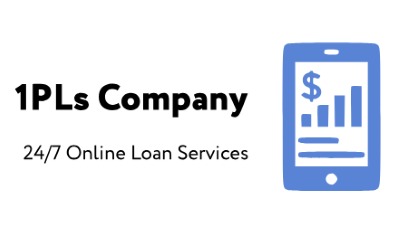‘Abusive’, that’s the 7-letter word that has all financial institutions on edge. At least when it comes to the CFPB and how it regulates the financial services industry. But what does it mean, and how is it different from practices that are unfair and deceptive, which are already banned? According to American Banker’s Kate Davidson, more than a year after the law’s passage, bank lawyers and Bureau officials still can’t say for sure.
“I’ve always said it’s like pornography: I’ll know it when I see it,” said Jeffrey Taft, a partner with Mayer Brown LLP. “It’s hard for you to define it. I think it will be virtually impossible for the bureau to really come out with concrete guidelines.”
So what authority does the CFPB have under Dodd-Frank?
Under Dodd-Frank, the bureau cannot declare an act or practice abusive unless it: “materially interferes with the ability of a consumer to understand a term or condition of a consumer financial product or service; or takes unreasonable advantage of a lack of understanding on the part of the consumer of the material risks, costs, or conditions of the product or service; the inability of the consumer to protect the interests of the consumer in selecting or using a consumer financial product or service; or the reasonable reliance by the consumer on a covered person to act in the interests of the consumer.”
The Catch 22:
“It creates a knife edge,” said Jo Ann Barefoot, the co-chairman of Treliant Risk Advisors. “What happens if you decide that you think that certain loans are unsuitable for proportionately more minority borrowers, or more women or more elderly, then you could be charged with not being liberal enough in your lending.”





